Introduction “We are not building devices; we are writing the game theory of the electromagnetic space.” The evolution of radar technology is essentially a wireless cycle of “perception-deception-countermeasure.” In modern warfare, mastering a more advanced “electromagnetic eye” illuminates victory amidst the fog of battle. In July 2024, Russia’s Kh-35 missile precisely destroyed Ukraine’s Skala-M and ATSR-33S air traffic control radar systems, resulting in the Ukrainian military losing real-time monitoring capabilities of the airspace. In August 2024, Hezbollah destroyed Israel’s MHR RPS-42 active phased array radar, significantly weakening the Israeli military’s air defense warning capabilities. In November of the same year, Iran intercepted 90% of incoming missiles from Israel using multi-band radar cooperative detection (the three-coordinate phased array radar equipped with the S-300 system).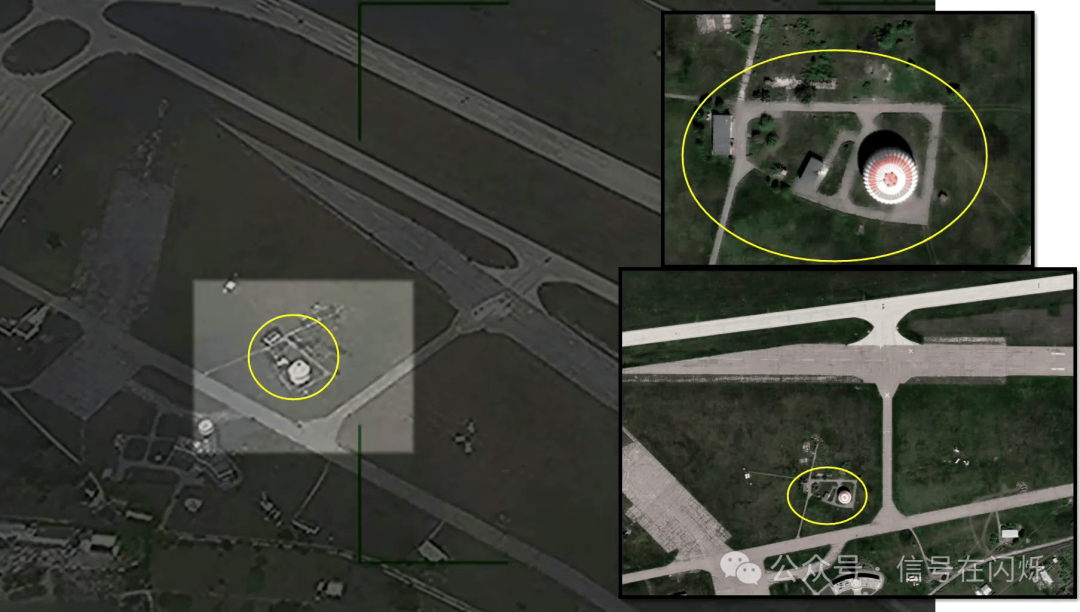 In 2025, China successfully mass-produced 8-inch single crystal gallium oxide, pushing radar performance to achieve a “cliff-like lead.” The detection range of gallium oxide radar can reach three times that of traditional gallium arsenide radar. The detection range for the F-22 stealth fighter was increased from 130 kilometers to 400 kilometers. This breakthrough also transformed radar from a passive defense tool into a strategic weapon for actively suppressing enemy stealth capabilities.
In 2025, China successfully mass-produced 8-inch single crystal gallium oxide, pushing radar performance to achieve a “cliff-like lead.” The detection range of gallium oxide radar can reach three times that of traditional gallium arsenide radar. The detection range for the F-22 stealth fighter was increased from 130 kilometers to 400 kilometers. This breakthrough also transformed radar from a passive defense tool into a strategic weapon for actively suppressing enemy stealth capabilities.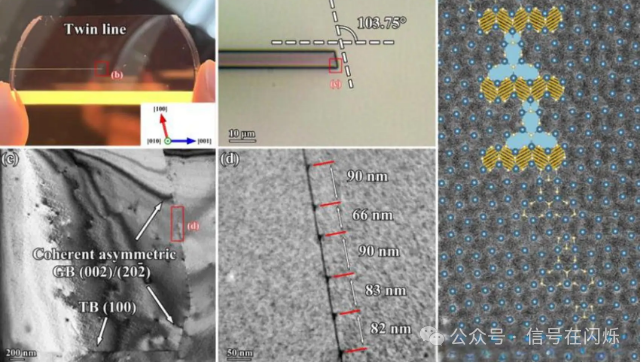 The significance of radar technology in modern warfare has transcended the scope of individual equipment, becoming a core element that determines information dominance, air superiority, and even the outcome of wars. The intelligent upgrade of AI radar, with each advancement in radar technology, drives military transformation on both offense and defense, profoundly changing the rules of warfare.
The significance of radar technology in modern warfare has transcended the scope of individual equipment, becoming a core element that determines information dominance, air superiority, and even the outcome of wars. The intelligent upgrade of AI radar, with each advancement in radar technology, drives military transformation on both offense and defense, profoundly changing the rules of warfare.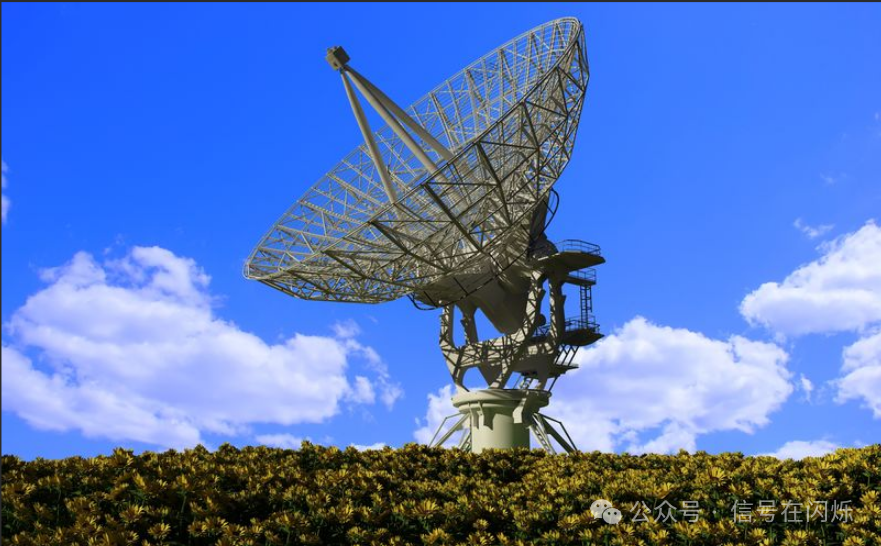 RFSoC is reshaping the design and application boundaries of radar systems through its integrated architecture and high-performance signal processing capabilities.The core competitiveness of RFSoC lies in its integrated design, which addresses the complexities, high power consumption, and poor synchronization performance associated with traditional radar systems’ multi-chip discrete architectures. Key advantages include:1. Multi-channel synchronous processing and calibration: Supports synchronous data acquisition and processing for 8-64 channels, with inter-channel phase consistency within ±3°, and amplitude consistency within ±1dB, meeting the stringent requirements for signal consistency in phased array radar. Through on-chip synchronization technology, phase alignment of multiple antenna units is achieved, simplifying the design complexity of traditional external calibration circuits.2. High-speed signal processing:Integrates 14-bit, 5.0 GSPS DACs and 14-bit, 9.85 GSPS ADCs, capable of instantaneously capturing signals with bandwidths up to 2 GHz, suitable for high-resolution radar imaging and real-time target tracking.3. Low latency and high energy efficiency: By eliminating redundant designs in the JESD204B interface, system latency is reduced to the microsecond level, while power consumption is kept under 30 watts, making it suitable for airborne and other power-sensitive scenarios.4. Programmability and flexibility: Based on FPGA hardware acceleration capabilities, supports dynamically reconfigurable algorithms (such as adaptive beamforming and interference suppression), adapting to radar signal processing needs in complex electromagnetic environments.5. Real-time beamforming: Utilizing the parallel computing capabilities of FPGAs, dynamic digital beamforming (DBF) is achieved, supporting multi-target tracking and interference suppression.6. Anti-jamming design: In complex urban environments, RFSoC can suppress multipath interference and co-frequency noise through digital domain filtering and adaptive frequency hopping technology, enhancing the reliability of target detection.7. Dynamic environmental adaptation: In meteorological radar, through FPGA dynamic reconfiguration algorithms, the signal processing flow is adjusted in real-time to respond to sudden weather changes, improving early warning accuracy.8. High-resolution imaging: SAR systems rely on wideband signals and complex algorithms to generate surface images. RFSoC’s high bandwidth (DC-6 GHz) and multi-channel acquisition capabilities support real-time data processing for high-frequency bands (such as Ku/Ka bands) SAR, enhancing imaging resolution. The 16-Channel RFSoC 49DR synchronous signal acquisition and generation platform from Xi’an Beirui Electronics is an ideal platform for RF application development aimed at radar signal processing, wireless communication, and testing and measurement industries. The platform features a working frequency of 2.5 GSPS for its 16-channel 14-bit RF-ADC and 10 GSPS for its 16-channel 14-bit RF-DAC. The platform provides I/O scalability through interfaces such as RFMC 2.0, SFP28, and USB3.0.
RFSoC is reshaping the design and application boundaries of radar systems through its integrated architecture and high-performance signal processing capabilities.The core competitiveness of RFSoC lies in its integrated design, which addresses the complexities, high power consumption, and poor synchronization performance associated with traditional radar systems’ multi-chip discrete architectures. Key advantages include:1. Multi-channel synchronous processing and calibration: Supports synchronous data acquisition and processing for 8-64 channels, with inter-channel phase consistency within ±3°, and amplitude consistency within ±1dB, meeting the stringent requirements for signal consistency in phased array radar. Through on-chip synchronization technology, phase alignment of multiple antenna units is achieved, simplifying the design complexity of traditional external calibration circuits.2. High-speed signal processing:Integrates 14-bit, 5.0 GSPS DACs and 14-bit, 9.85 GSPS ADCs, capable of instantaneously capturing signals with bandwidths up to 2 GHz, suitable for high-resolution radar imaging and real-time target tracking.3. Low latency and high energy efficiency: By eliminating redundant designs in the JESD204B interface, system latency is reduced to the microsecond level, while power consumption is kept under 30 watts, making it suitable for airborne and other power-sensitive scenarios.4. Programmability and flexibility: Based on FPGA hardware acceleration capabilities, supports dynamically reconfigurable algorithms (such as adaptive beamforming and interference suppression), adapting to radar signal processing needs in complex electromagnetic environments.5. Real-time beamforming: Utilizing the parallel computing capabilities of FPGAs, dynamic digital beamforming (DBF) is achieved, supporting multi-target tracking and interference suppression.6. Anti-jamming design: In complex urban environments, RFSoC can suppress multipath interference and co-frequency noise through digital domain filtering and adaptive frequency hopping technology, enhancing the reliability of target detection.7. Dynamic environmental adaptation: In meteorological radar, through FPGA dynamic reconfiguration algorithms, the signal processing flow is adjusted in real-time to respond to sudden weather changes, improving early warning accuracy.8. High-resolution imaging: SAR systems rely on wideband signals and complex algorithms to generate surface images. RFSoC’s high bandwidth (DC-6 GHz) and multi-channel acquisition capabilities support real-time data processing for high-frequency bands (such as Ku/Ka bands) SAR, enhancing imaging resolution. The 16-Channel RFSoC 49DR synchronous signal acquisition and generation platform from Xi’an Beirui Electronics is an ideal platform for RF application development aimed at radar signal processing, wireless communication, and testing and measurement industries. The platform features a working frequency of 2.5 GSPS for its 16-channel 14-bit RF-ADC and 10 GSPS for its 16-channel 14-bit RF-DAC. The platform provides I/O scalability through interfaces such as RFMC 2.0, SFP28, and USB3.0.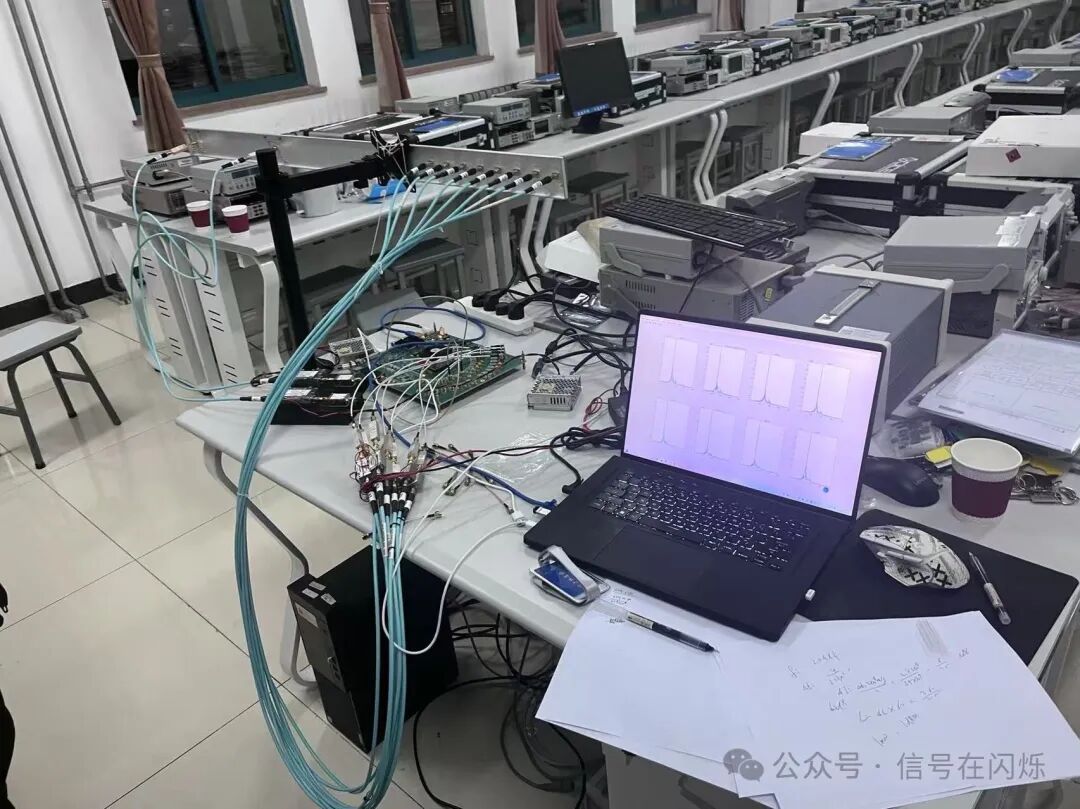 Multiple platforms can also be expanded to 64+ channels, meeting the high channel consistency requirements for applications such as phased array radar.
Multiple platforms can also be expanded to 64+ channels, meeting the high channel consistency requirements for applications such as phased array radar.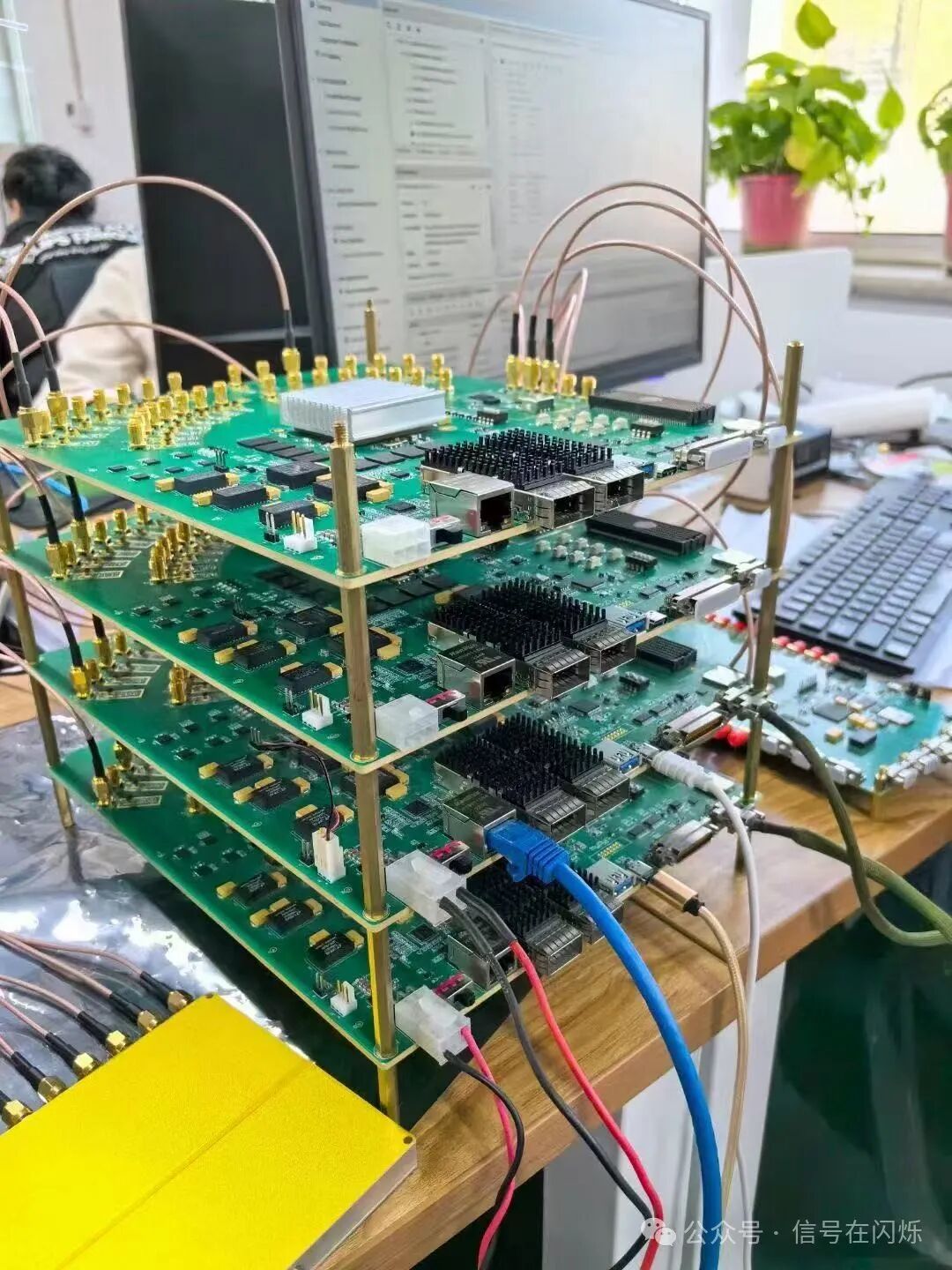 From multi-channel synchronization in phased array radar to real-time target detection in ADAS, and from military electronic countermeasures to meteorological detection, its application scenarios cover both civilian and defense fields. In the future, with the integration of AI, terahertz, and quantum technologies, RFSoC will further drive radar systems towards higher energy efficiency, higher frequency, and multifunctionality.
From multi-channel synchronization in phased array radar to real-time target detection in ADAS, and from military electronic countermeasures to meteorological detection, its application scenarios cover both civilian and defense fields. In the future, with the integration of AI, terahertz, and quantum technologies, RFSoC will further drive radar systems towards higher energy efficiency, higher frequency, and multifunctionality.